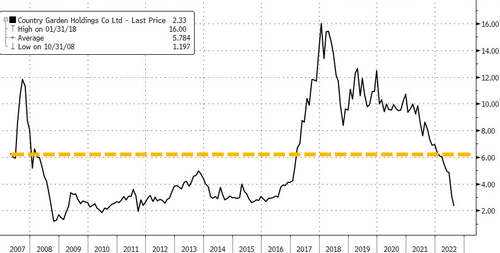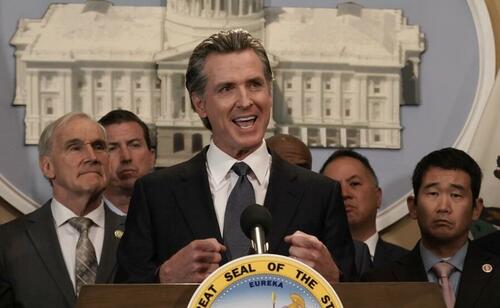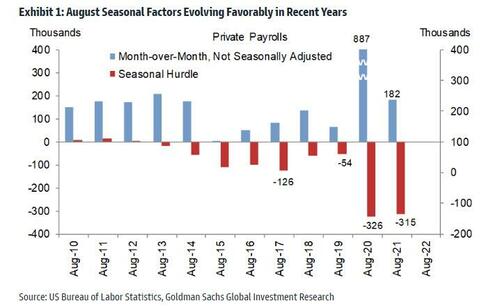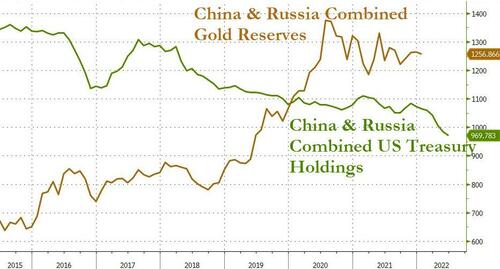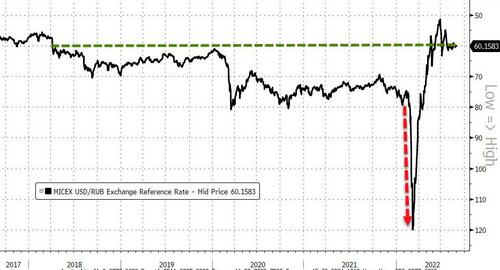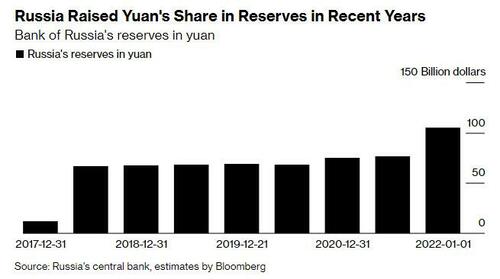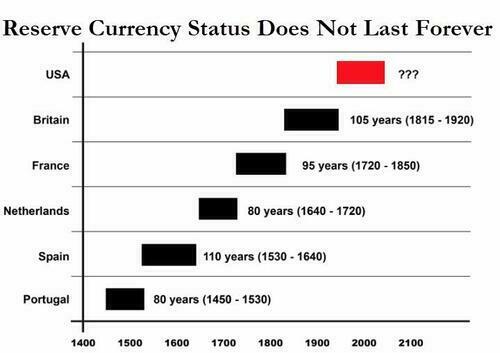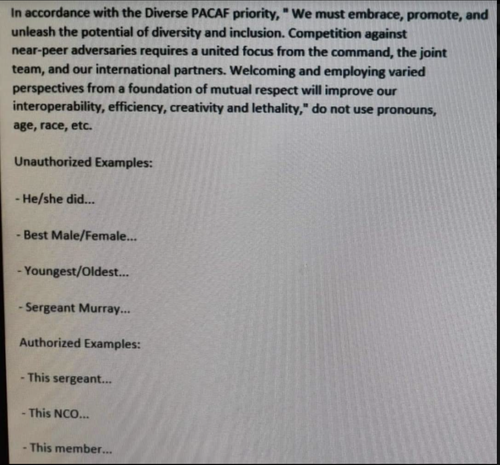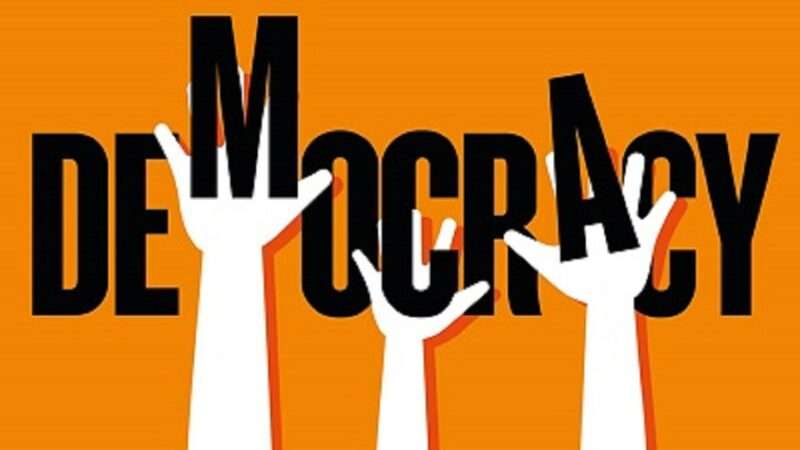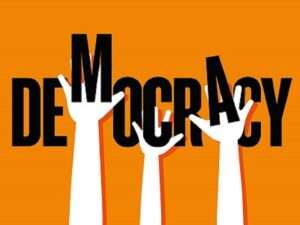Germany To Expand Military Presence In Asia Pacific To Counter China
Authored by Dave DeCamp via AntiWar.com,
The head of Germany’s armed forces told Reuters on Wednesday that Berlin plans to expand its military presence in the Asia Pacific as it has its eye on Chinese forces in the region.
Gen. Eberhard Zorn said that Germany’s military, known as the Bundeswehr, plans to expand its presence in the region by sending more warships and participating in more military exercises. “This is how we want to consolidate our presence in the region,” he said.
Specifically, Zorn said that Germany will send troops to participate in drills in Australia next year and plans to send a fleet of ships to the region in 2024. Last year, Germany sailed a warship through the South China Sea, marking the first time Berlin has done so in almost 20 years.
Germany’s plans are the latest example of the US’s European allies joining in on provocations against China in the Asia Pacific. France and the UK have also deployed warships to the region in recent years, and NATO has its eye on expanding in the area.
When asked if Germany planned to send a warship through the Taiwan Strait, Zorn said:
“We do not want to provoke anyone with our presence but rather send a strong sign of solidarity with our allies.” He said that Germany is observing an “enormous buildup” of Chinese forces in the region.
China recently launched its largest-ever military exercises around Taiwan, which were a response to House Speaker Nancy Pelosi visiting the island.
On Thursday, Beijing responded to Berlin’s latest announcement as follows:
“This will probably lead to some bad memories and associations in many countries in the world,” said Chinese foreign ministry spokesman Wang Wenbin on Thursday.
‘Bad memories’: China mocks Germany’s plans to expand military presence in Asia https://t.co/xZ001AstXc
— South China Morning Post (@SCMPNews) September 1, 2022
The Chinese military pressure continues as the US shows no sign of backing down on its policy of increasing ties with Taipei, which Beijing views as Washington moving away from the one-China policy.
Tyler Durden
Fri, 09/02/2022 – 02:00
via ZeroHedge News https://ift.tt/Y2sQSWh Tyler Durden

